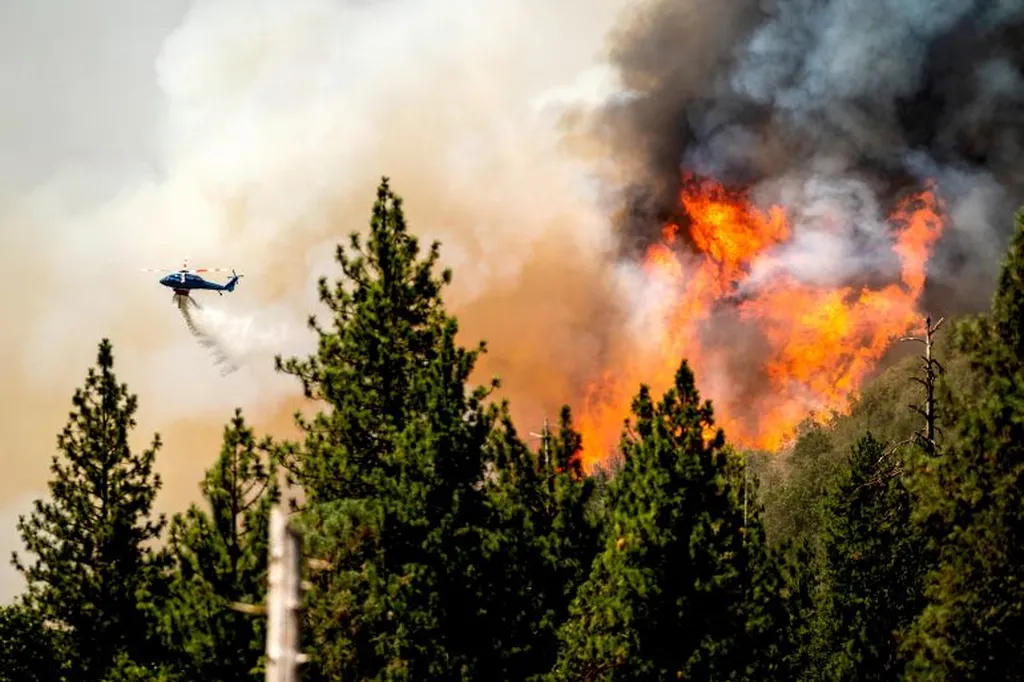Western wildfires, while devastating to local ecosystems and communities, may have an unexpected benefit for air quality on the East Coast, according to a recent study published in the journal Science. The research reveals that the intense heat generated by these wildfires can alter weather patterns, ultimately improving air quality in the eastern United States.
The study’s modeling shows that the heat rising from wildfires weakens the flow of cool, moist air from the West to the Great Plains. This shift draws in warmer, drier air from the East, which not only suppresses the spread of smoke from western fires but also brings in moisture from the Atlantic Ocean. The increased moisture fuels rainfall on the East Coast, which helps to clean particulate pollution from the air.
This phenomenon is not limited to the periods when forests are actively burning. The study found that extreme wildfires lead to a decline in eastern pollution throughout the fire season. While New Yorkers may have experienced hazy skies due to smoke from California wildfires, the net effect of these western fires is to make eastern air cleaner.
The implications for the agriculture sector are significant. Improved air quality can lead to better crop yields and healthier livestock. Reduced particulate pollution can also mean fewer respiratory issues for farm workers, leading to a more productive workforce. Additionally, the increased rainfall brought by these altered weather patterns can benefit crops, although the exact impact would depend on the timing and intensity of the rainfall.
For investors, this study highlights the complex and interconnected nature of environmental systems. While wildfires are typically seen as destructive events, this research shows that they can have unintended benefits. Investors in agriculture, air quality technology, and even insurance sectors may need to consider these complex interactions when evaluating risks and opportunities.
However, it’s crucial to note that this study does not diminish the devastating impacts of wildfires on local communities and ecosystems. The findings simply add a layer of complexity to our understanding of how wildfires influence weather patterns and air quality over vast distances. Further research is needed to fully understand these dynamics and to develop strategies that can mitigate the negative impacts of wildfires while potentially harnessing their positive effects.

